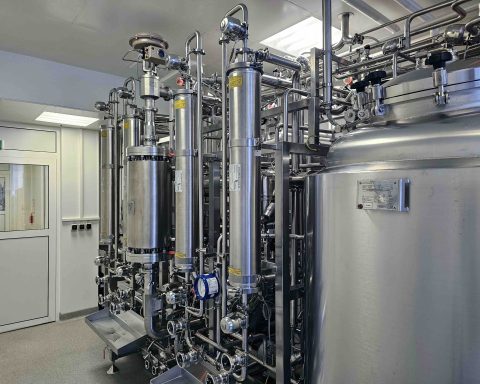Healthcare or medical processes are vast and complex, consisting of several associated components and by-products, prominent among them being a medical waste. Studies by Practice Greenhealth have shown that over 5.9 million tons of medical waste are produced each year in the US alone.
According to the EPA (Environmental Protection Agency), medical waste is defined as healthcare-related waste that may be contaminated by body fluids, blood or OPIMs (other potentially infectious materials). This includes waste generated by medical facilities, laboratories, biomedical research facilities, and waste from scattered or minor sources.
Medical waste is categorized into four broad groups. These include:
- Infectious waste, which consists of waste that poses infection risk to humans from animal or human tissue, surgical gloves, blood-soaked bandages, etc
- Hazardous waste, which can impact humans in non-infectious ways, through sharps like scalpels, needles, etc. old drugs or chemicals
- Radioactive waste, which is generated through cancer therapies, nuclear medicine treatments and pathological waste contaminated with radioactive materials
- General waste, which includes regular waste materials such as paper, liquids, plastics, etc.
- Nearly 85% of healthcare waste generated falls under the general category.
Medical waste, if left untreated, can pose many risks, in terms of both humans as well as environmental health. For this reason, a robust medical waste management plan must be implemented by authorities across the globe, to mitigate any potential adverse effects of waste generated from healthcare facilities.
The rapid surge in the volume of medical waste, primarily arising from the ongoing global health crisis, has added significant impetus to the medical waste management market in recent times.
Significance of Medical Waste Management
Medical waste management, also known as hospital waste management, is a system that deals with the treatment and disposal of healthcare-related waste. This includes sharps, chemical, infectious, radioactive, and expired pharmaceuticals and other junk.
A robust waste management system is of utmost importance to healthcare workers, especially in healthcare facilities like hospitals, which can generate pathological or environmentally hazardous medical waste. Lack of a proper system for management of medical waste can impose several risks to health, lead to fines, and tarnish the reputation of healthcare institutions.
Healthcare waste management and disposal consist of various types of treatment methods, including autoclaving, microwaving, and incineration, among others. Incineration has historically been the most widely utilized and oldest medical waste disposal method.
Burgeoning Importance of Adequate Medical Waste Management as the COVID-19 Crisis Escalates
With the number of coronavirus infections surging at a rapid rate across the globe, a massive volume of medical waste is being produced by healthcare facilities.
In addition to the regular types of medical waste being generated, the COVID-19 pandemic has resulted in hospitals using and disposing PPE (personal protective equipment) at alarming rates. This is adding significantly to the rapidly rising amount of medical waste that may be contaminated by the virus. The massive amounts of discarded and used gear, be it gloves, booties, masks, linens, gowns, or others is classified as medical waste and must be treated and disposed of as such.
However, in the current climate, it is not just waste from medical facilities and hospitals that are cause for concern. With a large number of people social distancing or self-quarantining after being diagnosed, potentially contaminated medical waste, including discarded masks, from residential and other non-healthcare areas has seen a substantial rise.
To accommodate this dramatic increase in medical waste, hospital waste management infrastructures across the globe will need to be enhanced and improved significantly. In Wuhan, for instance, which is the epicenter of the pandemic, medical waste from healthcare facilities increased so drastically that in addition to building new hospitals, the authorities had to develop new medical waste treatment plants as well, including 46 mobile healthcare waste management and disposal units.
Many global authorities, including OSHA, have released a series of guidelines for the treatment and disposal of medical waste, with potential or known COVID-19 contamination. The guidelines state that the waste is to be handled as per the protocol that is valid for other regulated medical waste, including the use of PPE, safe work practices, etc.
Numerous research efforts are also being undertaken to evaluate the impact of the ongoing global health crisis on the medical waste management industry. A study by Global Market Insights on medical waste management market shows the global industry size to exceed USD 16.8 billion by 2026. It covers various industry segments along with the current Coronavirus/COVID-19 pandemic outbreak effect on market growth across the globe.
Author Bio:
Saloni Walimbe. An avid reader since childhood, Saloni is currently following her passion for content creation by penning down insightful articles relating to global industry trends, business, and trade & finance. With an MBA-Marketing qualification under her belt, she has spent two years as a content writer in the advertising field. Aside from her professional work, she is an ardent animal lover and enjoys movies, music, and books in her spare time.







